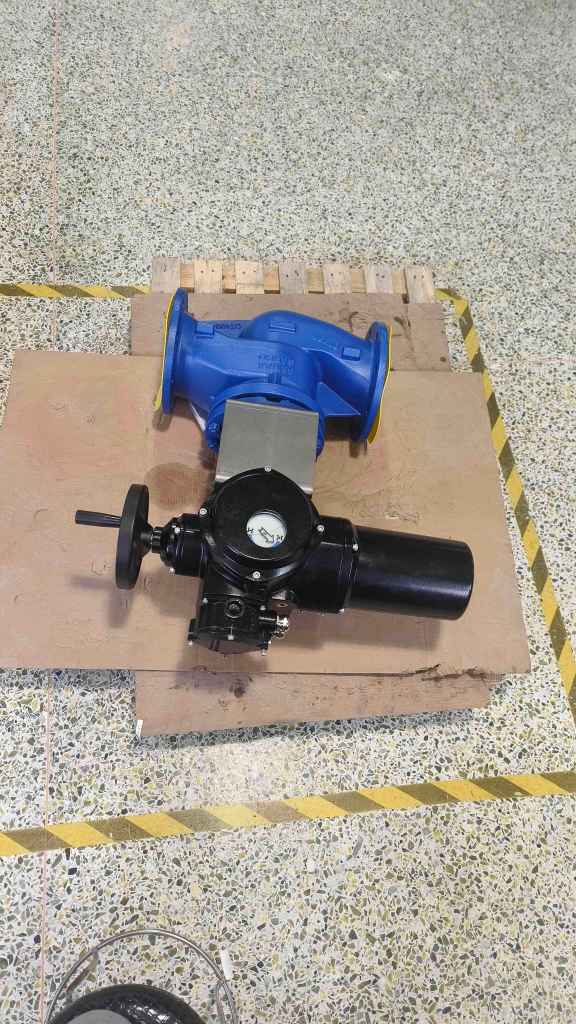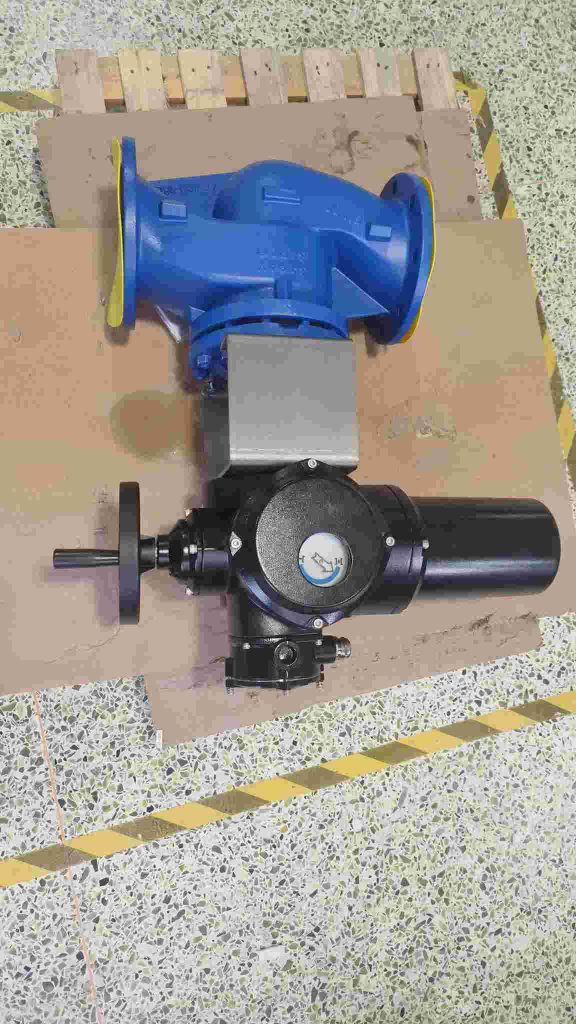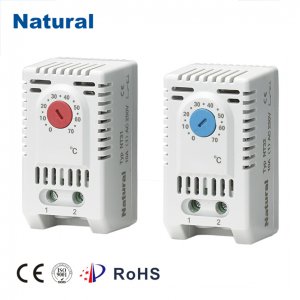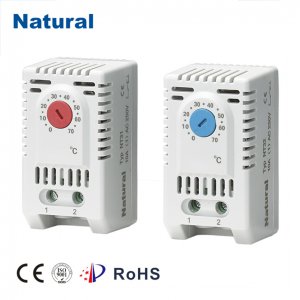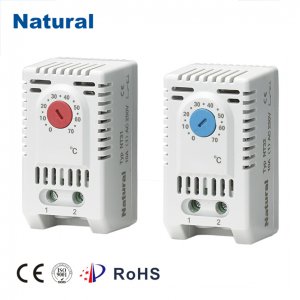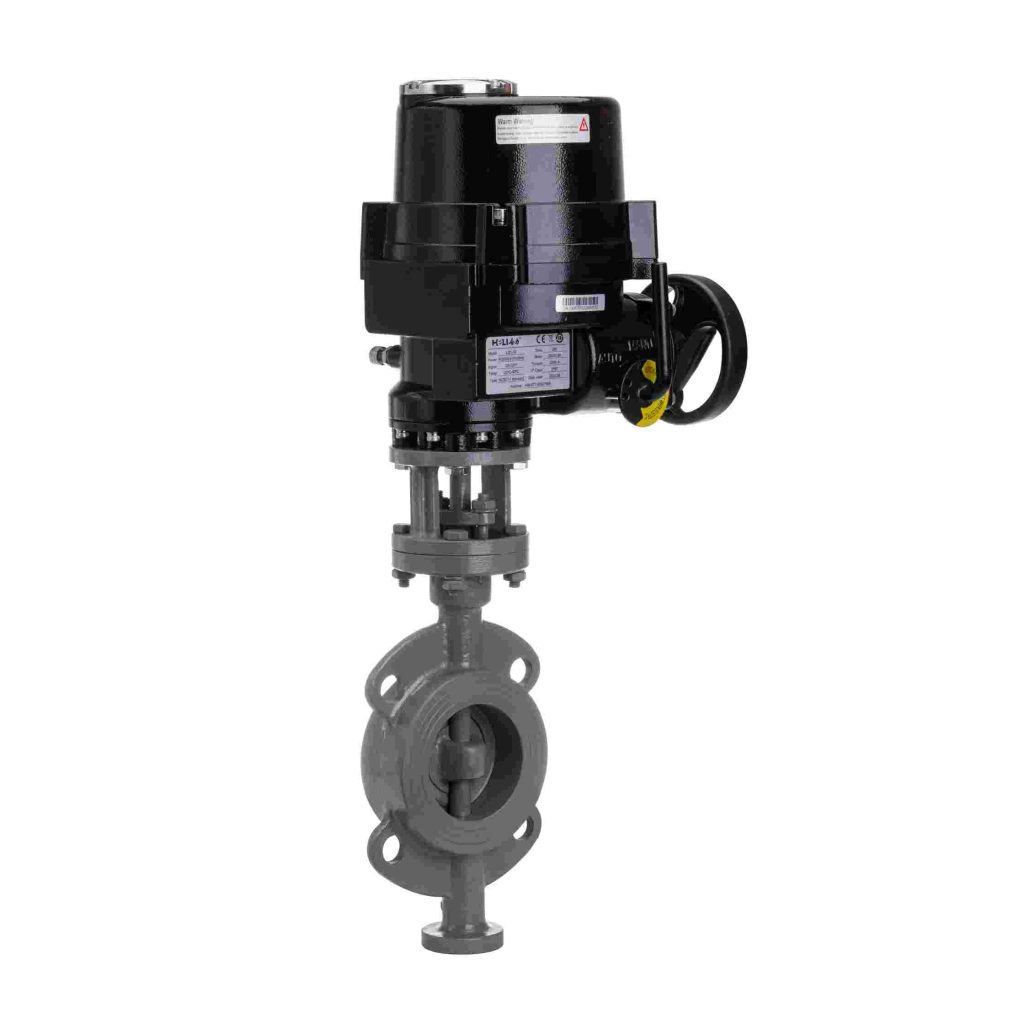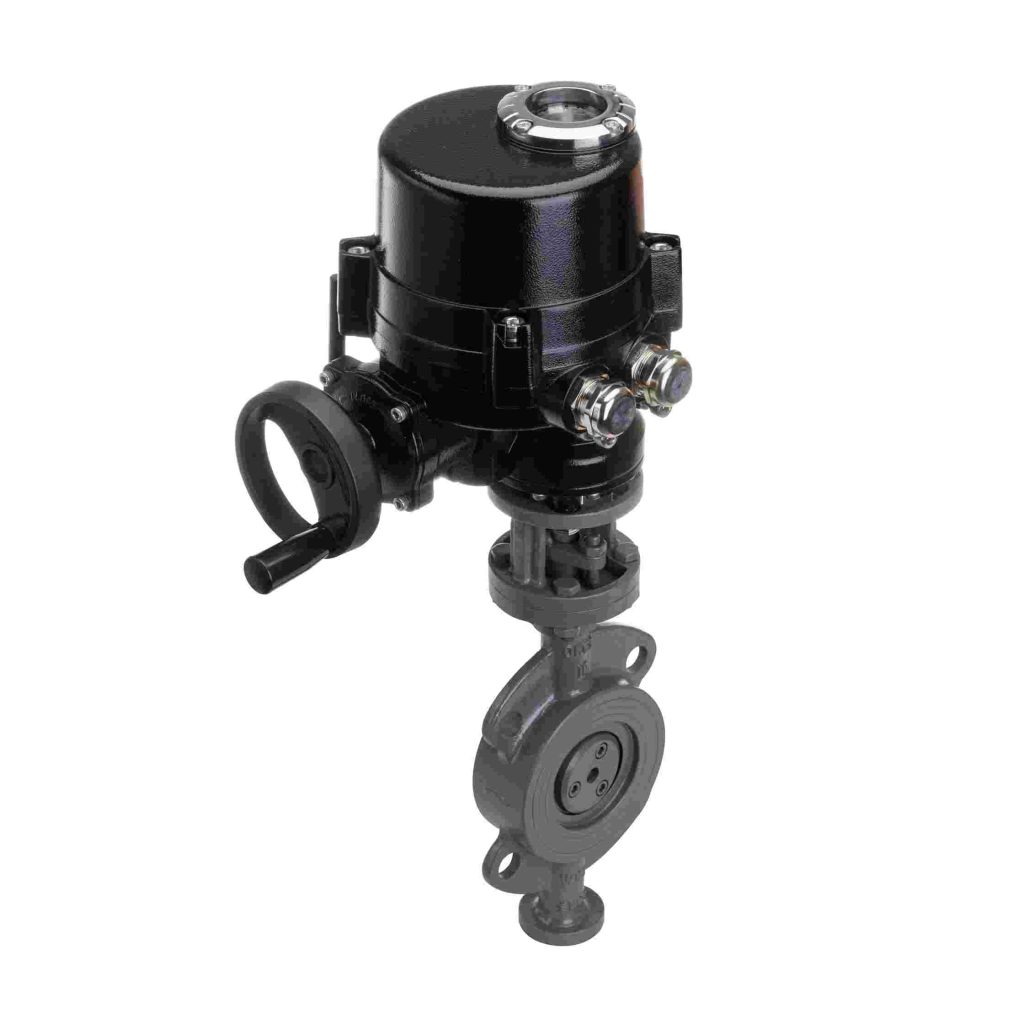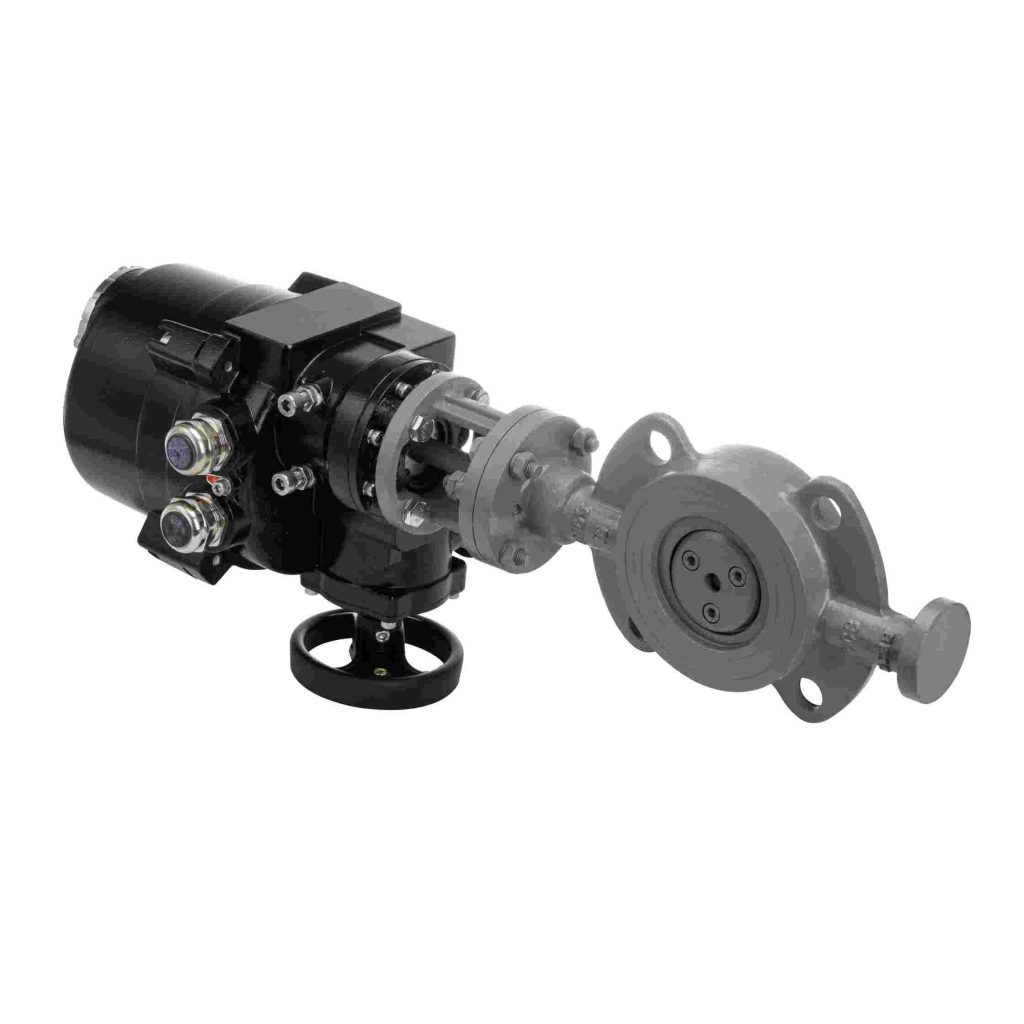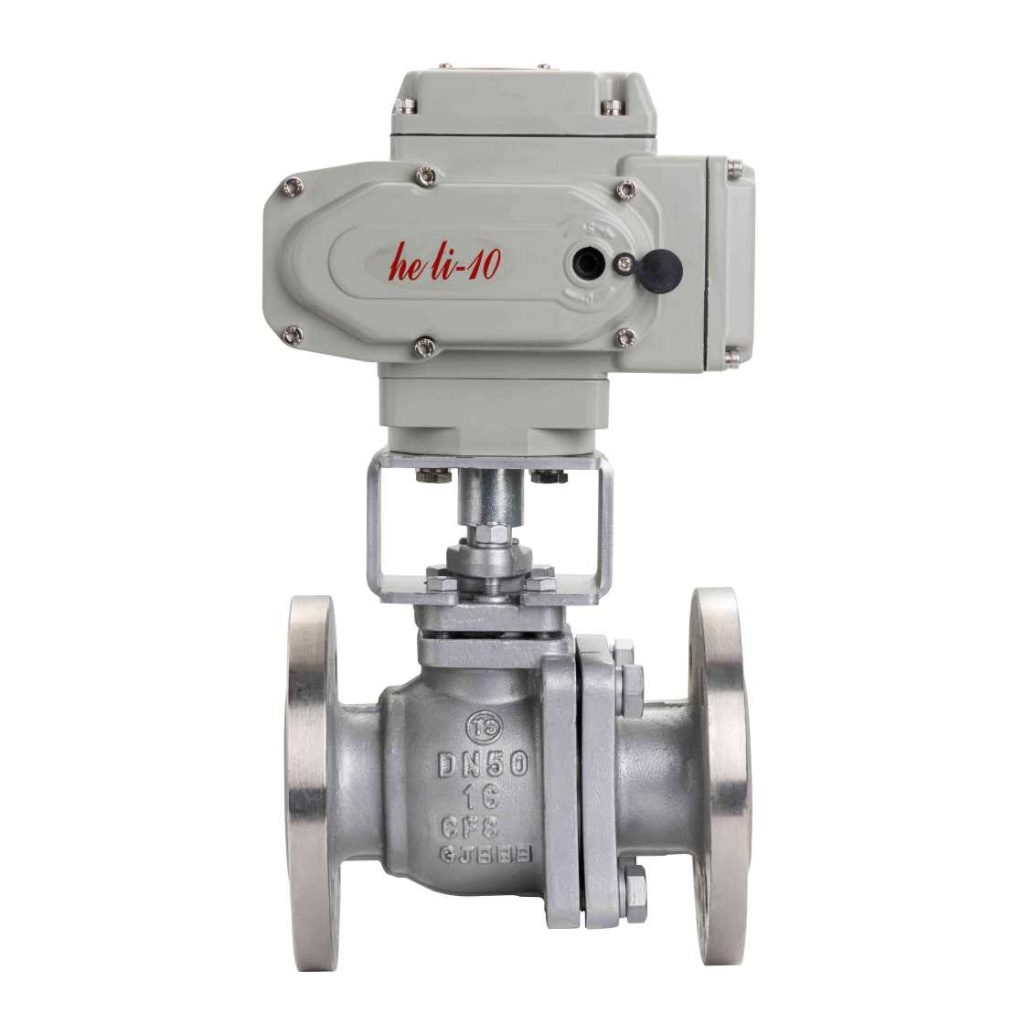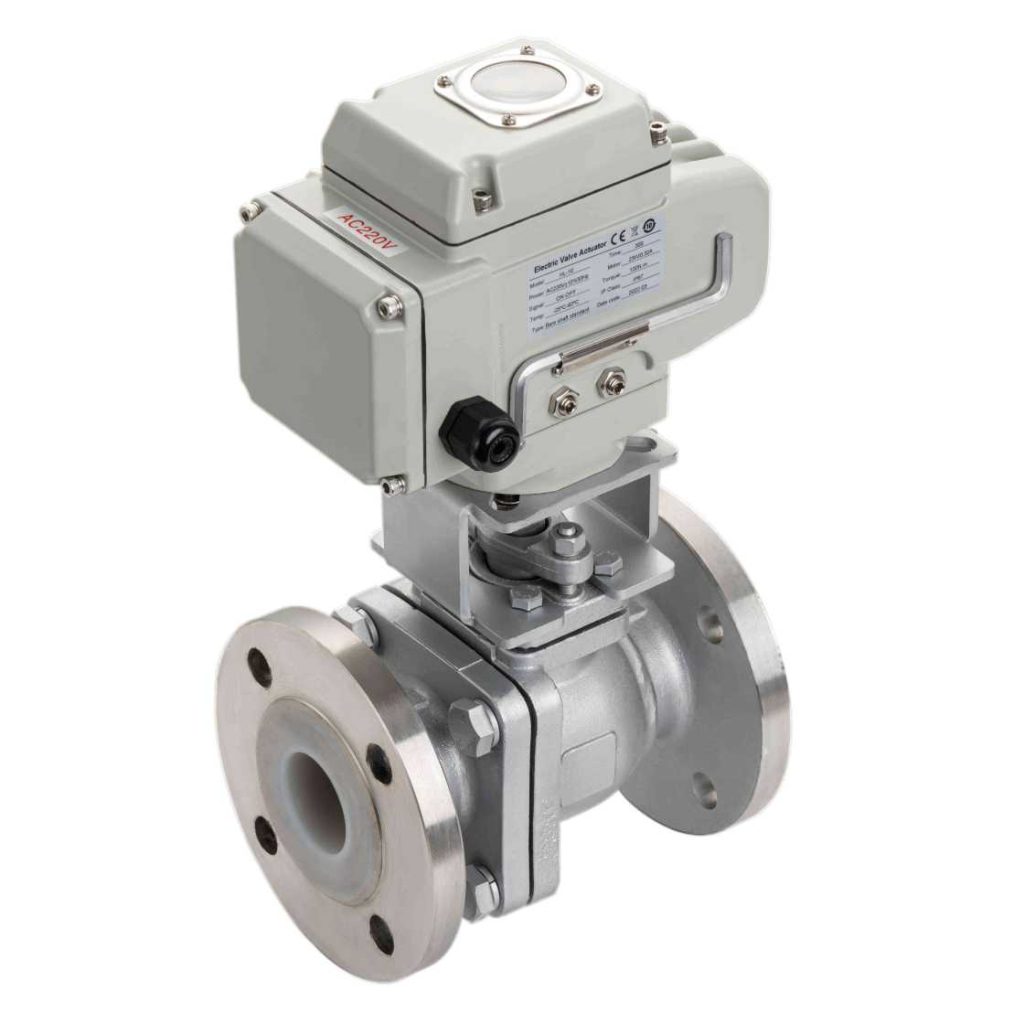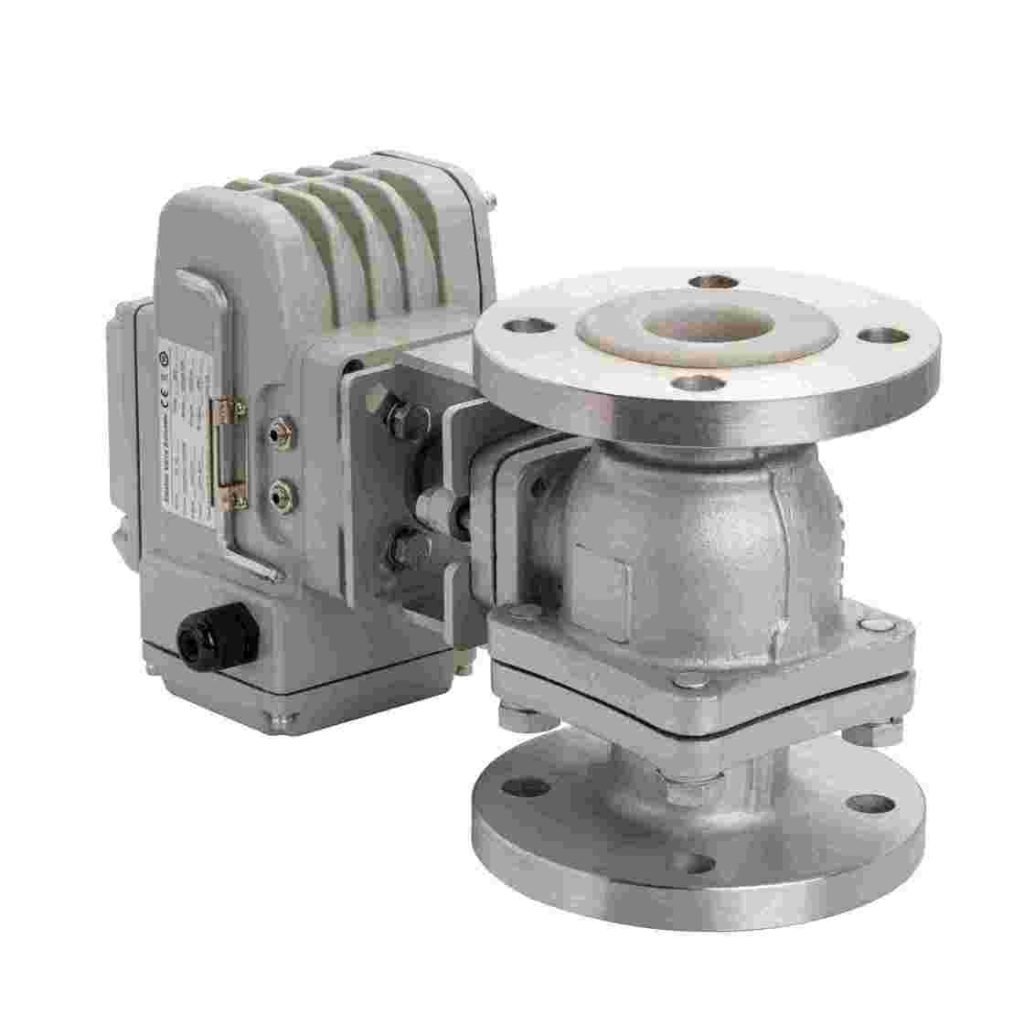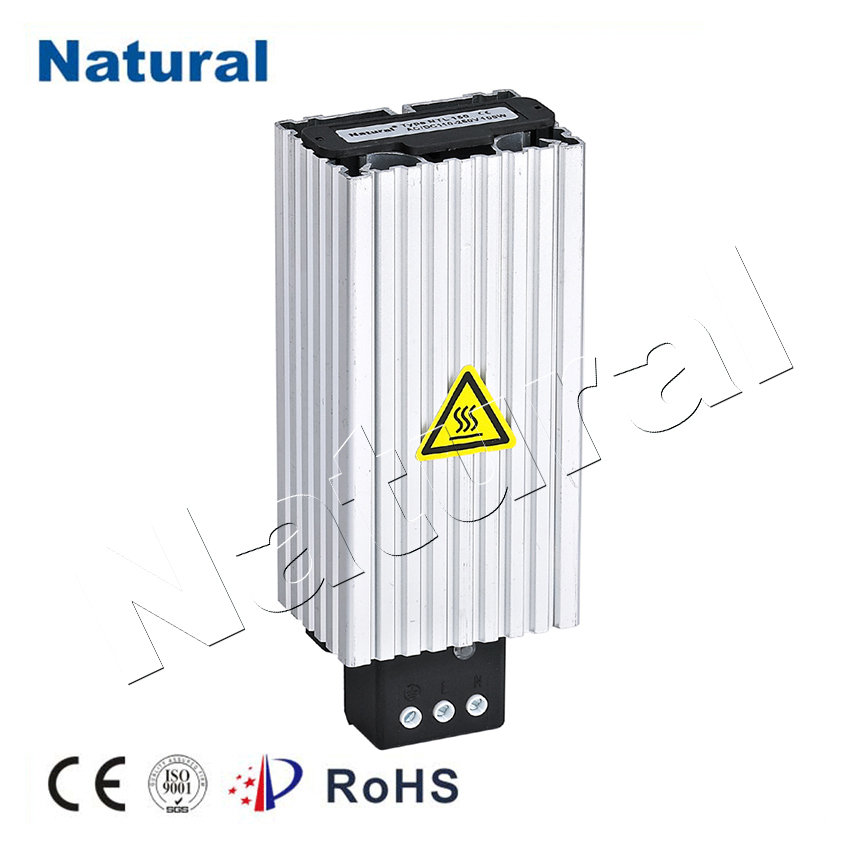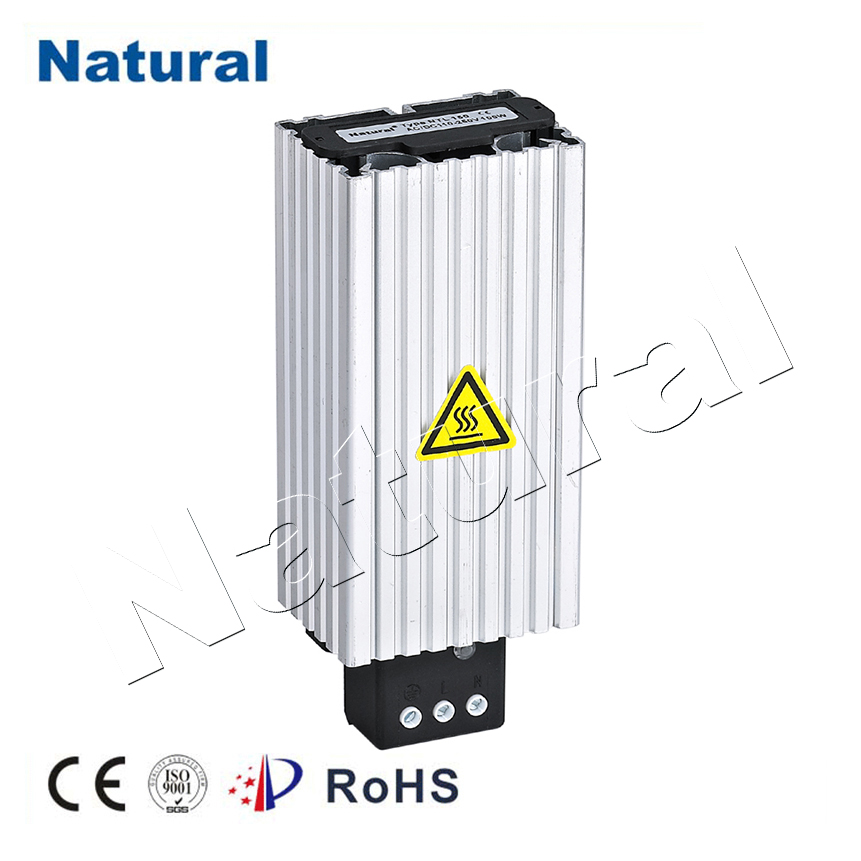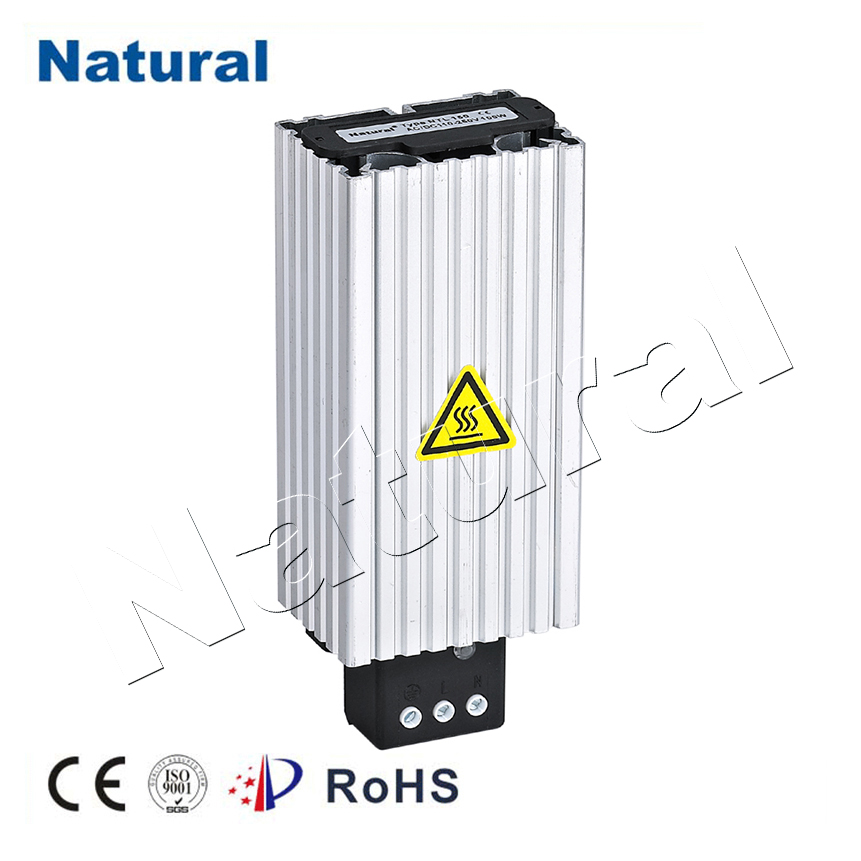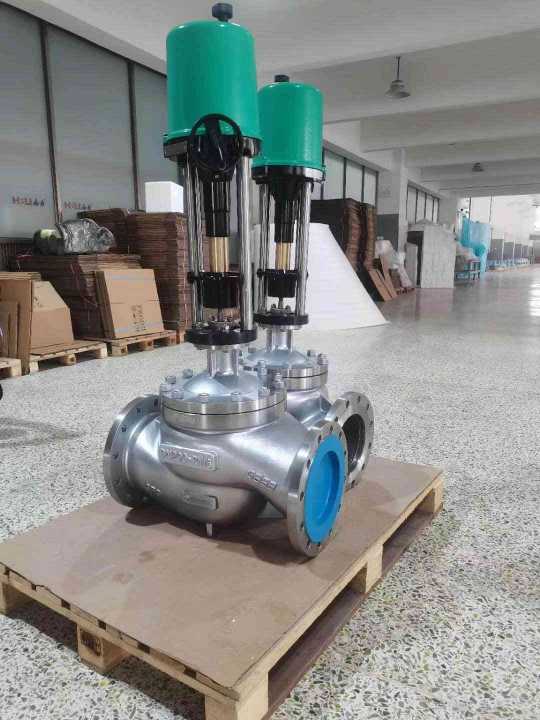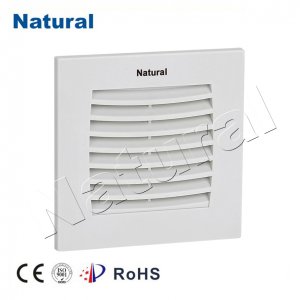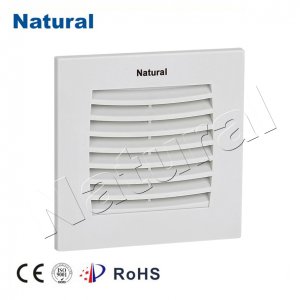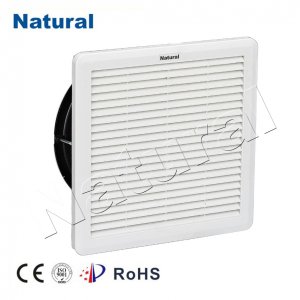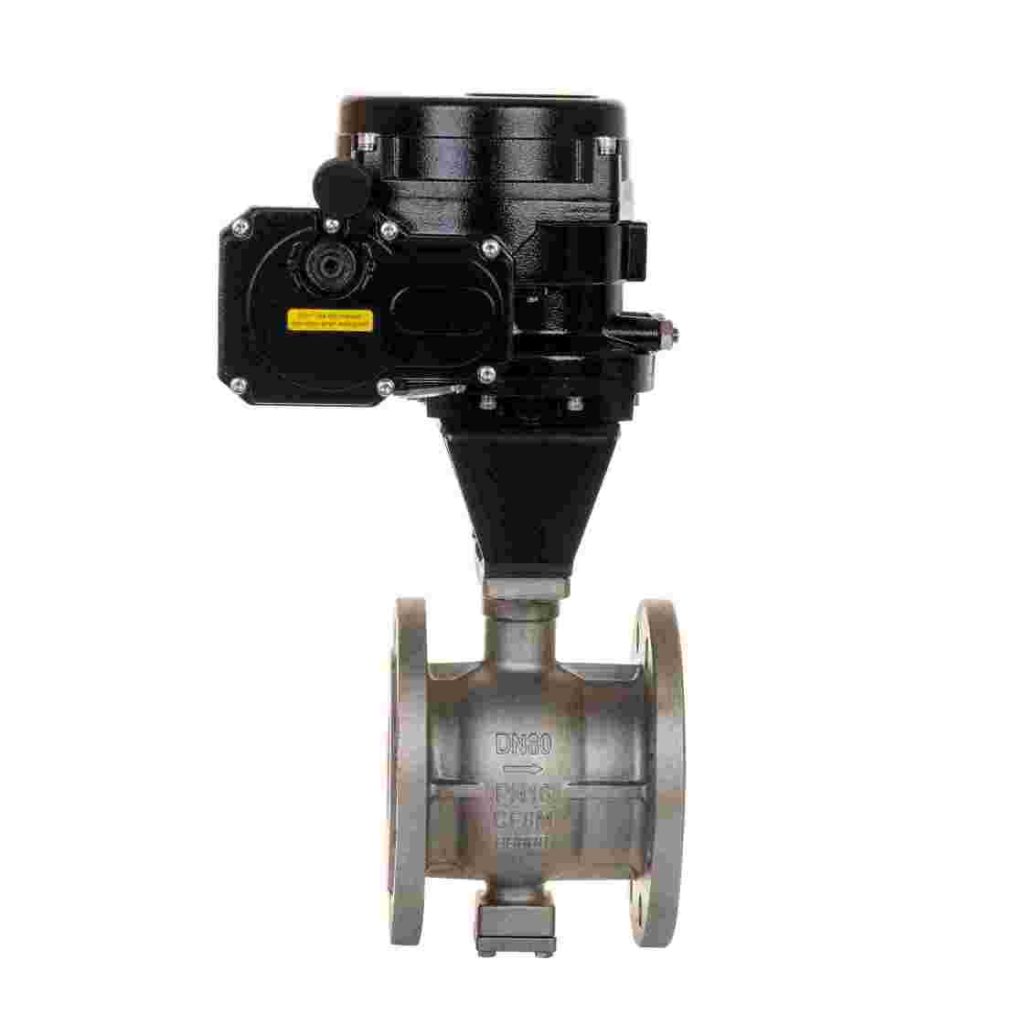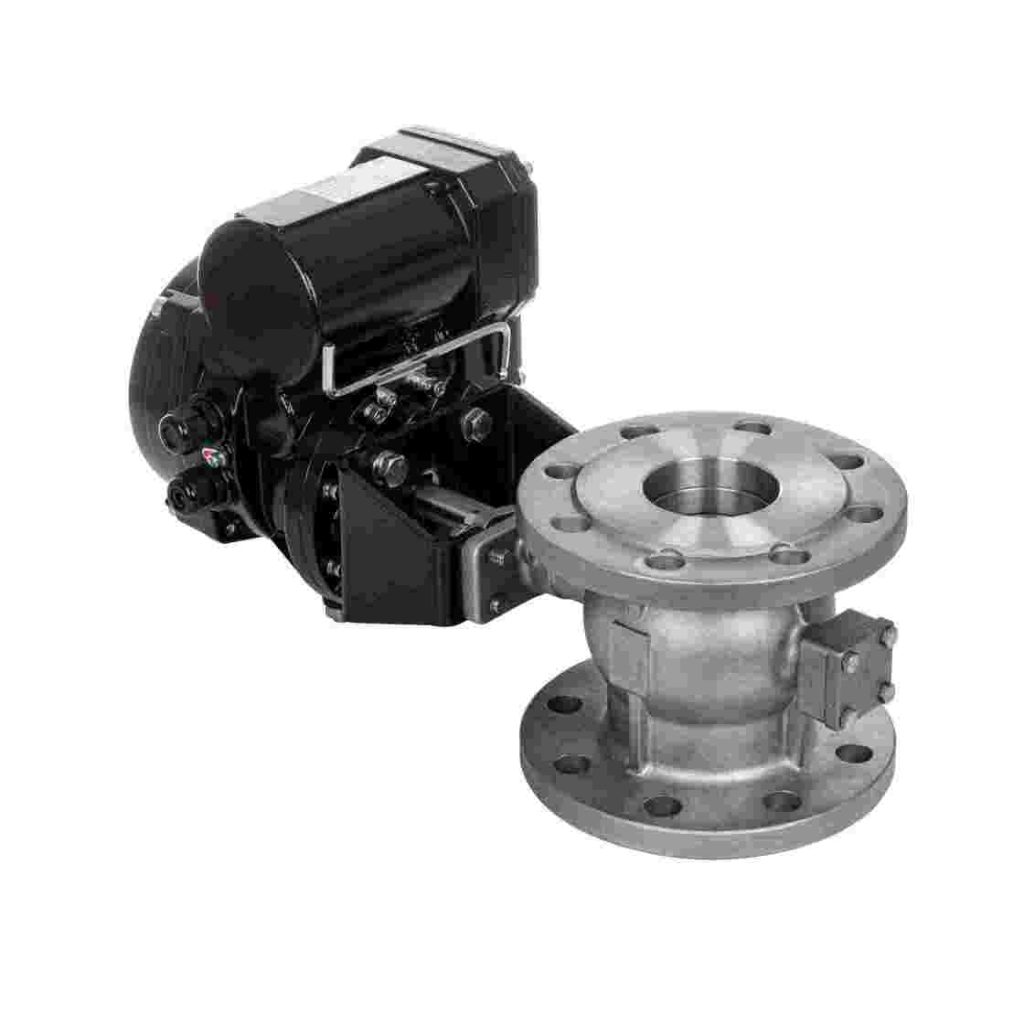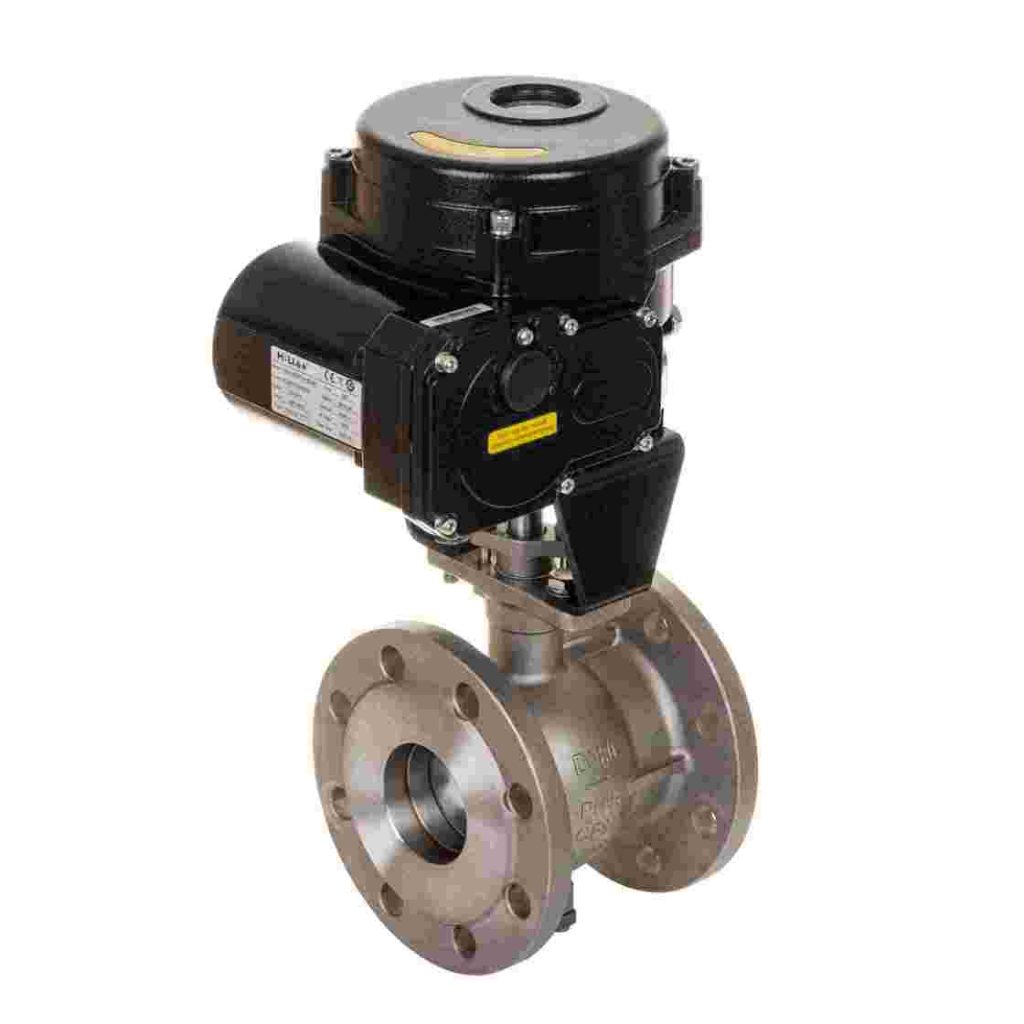In the world of lithium battery manufacturing, precision is key to ensuring the high performance and longevity of the final product. One of the unsung heroes of this process is the Lithium Battery Electric Single Seat Regulating Valve, a vital component that helps control the flow of liquids and gases with exceptional accuracy. These valves are integral to various stages in battery production, especially in processes involving slurry preparation, chemical mixing, and the precise management of materials in the cell assembly line.
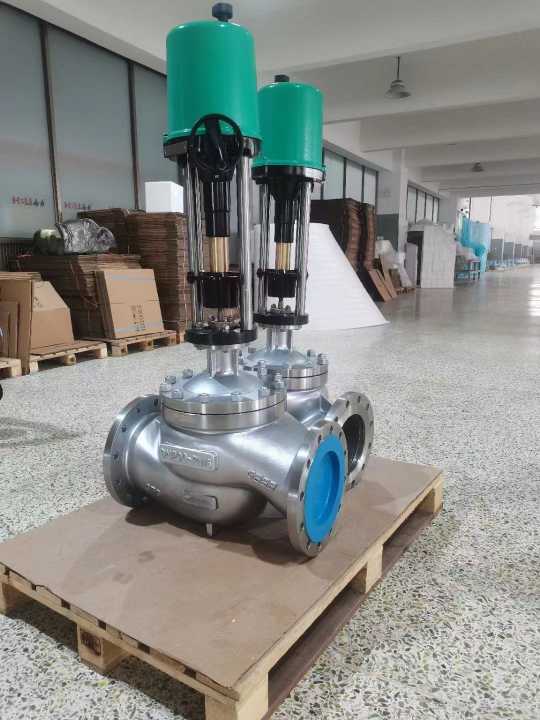
What is a Lithium Battery Electric Single Seat Regulating Valve? A single seat regulating valve is a type of control valve used to regulate the flow of a medium through a piping system. In the case of lithium battery production, these valves are employed to manage the flow of crucial materials such as electrolyte solutions, slurry for electrodes, or other chemical solutions used in battery manufacturing. The electric actuator, which powers the valve, offers several advantages over traditional pneumatic or manual valve systems, such as more precise control, quicker response times, and the ability to easily integrate with automated systems. This is particularly important in the fast-paced and highly automated environment of lithium battery production, where maintaining consistent quality and throughput is essential.
